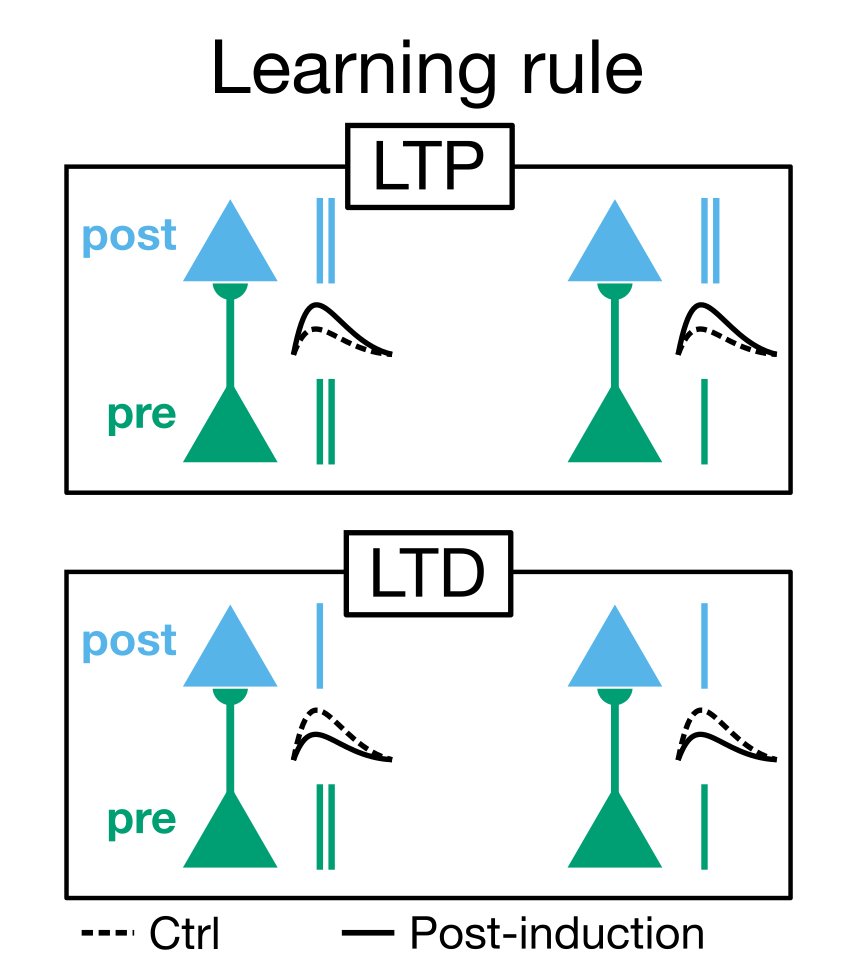
1/ We have a new lab website!
linclab.mila.quebec
There were a variety of reasons for the change, but the biggest ones were related to commitments we made as a lab during #ShutDownSTEM in June:
Specifically, we've made the following changes:
linclab.mila.quebec
There were a variety of reasons for the change, but the biggest ones were related to commitments we made as a lab during #ShutDownSTEM in June:
https://twitter.com/tyrell_turing/status/1270840814080528384?s=20
Specifically, we've made the following changes:
2/ We've created an online application form with clear instructions:
linclab.mila.quebec/opportunities
From now on, I will direct anyone who emails me to this form, which eliminates the "hidden curriculum" of how to write to a PI. Hopefully, this limits potential implicit bias from me.
linclab.mila.quebec/opportunities
From now on, I will direct anyone who emails me to this form, which eliminates the "hidden curriculum" of how to write to a PI. Hopefully, this limits potential implicit bias from me.
3/ This application form also allows people to identify as being from an under-represented group, if they wish, which will help the lab to consider diversity more concretely when we're making recruitment decisions.
4/ We've added a clear statement of our lab's commitment to EDI in order to help ensure that potential applicants (or anyone else interested in reaching out to us) knows that we are working to be a welcoming place:
linclab.mila.quebec/edi
linclab.mila.quebec/edi
5/ And, we now have links to pdfs of all our papers on the site, so that people without institutional access can read them:
linclab.mila.quebec/publications
linclab.mila.quebec/publications
6/ Big shout outs and thanks to all the members of the lab who helped me with both the EDI plan and updating the website!
CC @colleenjgillon @MandanaSamiei @AntChen_ @RoyEyono @ShahabBakht @SlaSamiee @wagonspeedracer and others, who I'm having trouble finding on Twitter...
CC @colleenjgillon @MandanaSamiei @AntChen_ @RoyEyono @ShahabBakht @SlaSamiee @wagonspeedracer and others, who I'm having trouble finding on Twitter...
7/ I'll add as a final note: we've been working on the other items on our initial #ShutDownSTEM commitments as well, but this announcement was about the website, specifically. 🙂
PS - CC @arna_ghosh too!!! Sorry to have forgotten you on the list!
Ack, and @psurya1994 ! Sorry, it was the end of a long day when I tweeted this...
• • •
Missing some Tweet in this thread? You can try to
force a refresh





